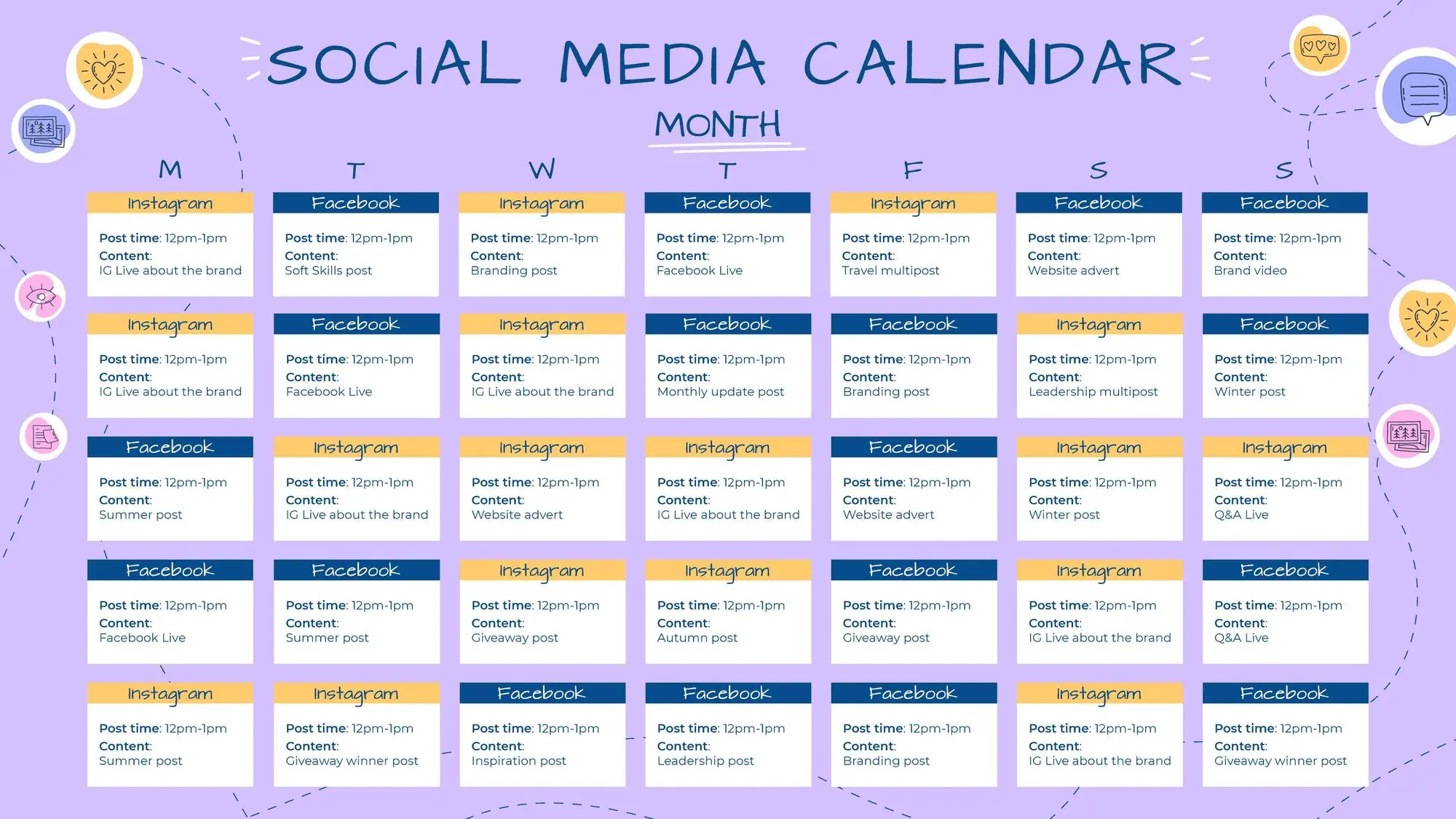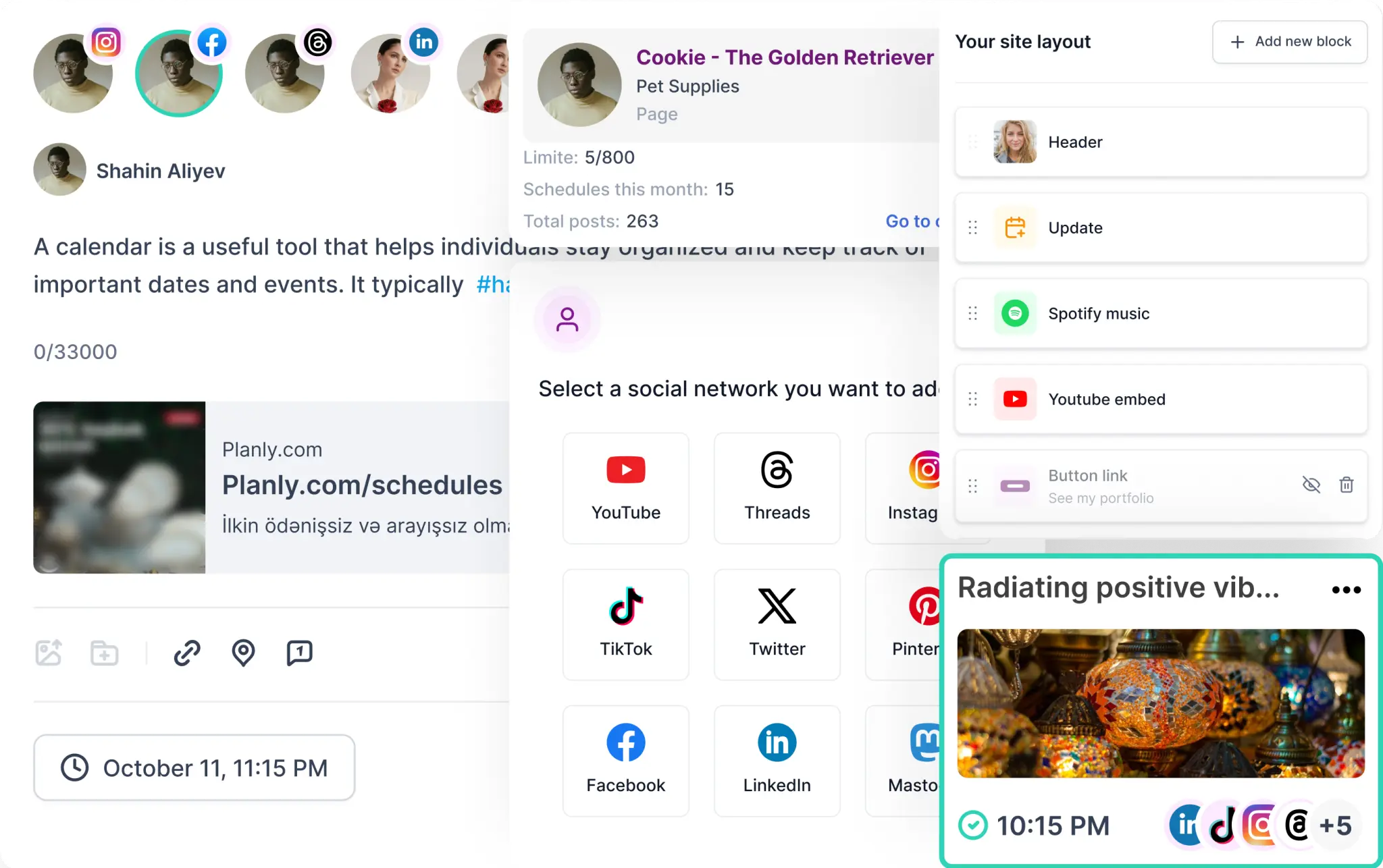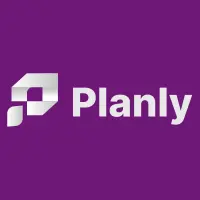Creating high-quality content consistently is essential for developing a successful brand in today's fast-paced digital environment. But creating an engaging content strategy and successfully implementing it into practice can be challenging.
That's where a customizable content calendar template comes in. With its ability to streamline your workflow and bring structure to your time management in the content creation process, it becomes an indispensable tool in your marketing arsenal.
This blog will explore social media calendar templates in-depth and show how they can completely change how you create and distribute content. Using these templates, you can stay organized, link your content with your marketing goals, and get better results.
The Benefits of Streamlining Your Workflow
When it comes to content creation and marketing, streamlining your workflow is key to achieving efficiency and productivity. Adopting a structured approach and utilizing customizable marketing calendar templates can unlock numerous benefits that contribute to your overall success. Let's explore the advantages of streamlining your workflow.
Enhanced Efficiency and Time Management
By implementing a customizable calendar template, you can effectively manage your time and resources. With a clear roadmap of content creation and publication deadlines, you eliminate guesswork and last-minute scrambling.
This streamlined workflow allows you to allocate time efficiently, ensuring tasks are completed on schedule and reducing stress in the process.
Improved Collaboration and Communication
A social media post calendar template serves as a centralized hub for your team, fostering collaboration and enabling effective communication.
Project-management tools allow team members to assign tasks, track progress, and share updates, promoting transparency and accountability. This streamlined collaboration ensures everyone is aligned with the content strategy and eliminates confusion or duplication of efforts.
Consistent Content Delivery
One of the significant benefits of streamlining your workflow with a content calendar template is the ability to maintain a consistent content delivery schedule. By planning ahead and adhering to a well-defined publishing timeline, you establish a reliable presence for your audience.
Consistency builds trust and engagement, increasing the likelihood of attracting and retaining loyal readers or customers.
Strategic Content Planning
Content organization template enables you to take a strategic approach to your content planning and creation. With the ability to visualize your content pipeline, you can align your content with your marketing goals and objectives.
This strategic planning ensures that each piece of content contributes to your overall strategy, drives traffic, and supports your brand's positioning and messaging.
Optimal Resource Allocation
By streamlining your workflow with a content planning framework, you optimize your resource allocation. With a clear overview of your content production schedule, you can effectively allocate resources such as time, budget, and team members.
This allows you to prioritize tasks, identify gaps or bottlenecks, and make informed decisions about resource allocation to maximize your content's impact.
Agility and Adaptability
A customizable calendar template offers the flexibility to adapt to changing circumstances or unexpected opportunities. It allows you to adjust your content strategy and publication schedule easily.
This agility, known as agile content development, empowers you to capitalize on timely trends, industry events, or emerging topics, keeping your content fresh and relevant.
Performance Tracking and Analysis
By streamlining your workflow with an editorial calendar template, you gain valuable insights through performance tracking and analysis. You can track the success of your content, measure engagement metrics, and identify areas for improvement.
This data-driven approach helps you refine your content strategy, optimize your efforts, and make informed decisions based on actionable insights.
Understanding the Components of a Customizable Content Calendar Template
A customizable topic calendar template is a powerful tool that helps you streamline your content creation and marketing efforts. You can maximize your efficiency and productivity by understanding its key components, embracing flexibility and customization, and leveraging available tools and software options.
Let's dive into the essential elements of a publishing calendar template and explore why they are crucial for your content planning and organization.
Overview of Key Elements
A well-designed template consists of several key elements that facilitate effective content management and organization. These elements include:
- Dates: The calendar provides a visual representation of dates, allowing you to schedule your content creation, publication, and promotional activities systematically.
- Content Topics: Each entry in the calendar corresponds to a specific content topic or theme. It helps you plan and diversify your content, ensuring a balanced mix of topics that resonate with your audience.
- Assigned Tasks: Assigning tasks to team members ensures clear ownership and accountability. You promote efficient task management and collaboration by specifying who is responsible for each content piece or task.
- Deadlines: Setting content creation, editing, and publication deadlines is crucial for consistent content delivery schedules. Deadlines keep your team focused and ensure the timely completion of tasks.
Importance of Flexibility and Customization
Flexibility and customization are essential aspects of a customizable content calendar template. Each organization or content creator has unique requirements and workflows. By customizing the template to align with your specific needs, you can create a structure that supports your content planning and workflow optimization.
Flexibility allows you to adapt to changes, accommodate new ideas or opportunities, and optimize your content strategy. Whether adjusting publication dates, swapping content topics, or adding new tasks, a customizable calendar template provides the freedom to make necessary modifications while maintaining overall organization and efficiency.
Available Tools and Software Options
Content creation tools and template options are available for creating content calendars, offering features that simplify the process and enhance your productivity. These tools can automate certain aspects of content calendar management and provide additional functionalities to optimize your workflow.
Productivity tools specifically designed for content creation, such as task management platforms or project management software, can streamline collaboration, improve task tracking, and enhance team communication.
Additionally, you can leverage calendar-specific software or applications that offer intuitive interfaces and features tailored for content planning and organization. These tools provide ready-made templates or customizable options, enabling you to create and manage your content calendar seamlessly.

Steps to Streamline Your Workflow with a Customizable Content Calendar Template
To streamline your content creation process and maximize productivity, implementing a customizable template on social media is a game-changer. By following a few simple steps, you can harness the power of this tool and optimize your workflow. Let's explore each step in detail, along with examples, to help you streamline your workflow effectively.
Step 1: Assess your content creation process and identify pain points
Take a close look at your current content creation process. Identify pain points or areas where you experience inefficiencies or bottlenecks. For example, you might find that content ideas often get lost or that there is a lack of coordination between team members during the planning stage. By identifying these pain points, you can focus on addressing them with the help of content planning templates.
Step 2: Select or create a customizable template
Choose a content organization template that suits your needs. You can find pre-designed templates for various platforms like social media, blog content planning, or even content calendar Google Sheet template.
For instance, if you're looking to plan your social media content, you can find a social media content calendar template that includes columns for platforms, post types, captions, and scheduling. Alternatively, you can use software like Excel or Google Sheets to tailor your template to fit your specific requirements.
Step 3: Populate the template with relevant information
Once you have selected or created your template, start populating it with relevant information. Include important details such as content topics, publication dates, promotional strategies, and platforms where your content will be published.
For example, if you're planning a blog content calendar, you can add columns for blog post titles, target keywords, due dates, and assigned writers. This ensures that your calendar captures all essential elements of your content strategy.
Step 4: Set realistic goals and deadlines
Establish realistic goals and deadlines for your content creation and publication. Consider factors like content complexity, resources available, and audience engagement patterns.
For instance, if you're running a social media campaign, you might set a goal to publish three weekly posts on each platform. Setting achievable goals and deadlines helps maintain a steady content flow while preventing unnecessary stress or delays.
Step 5: Establish a clear workflow and assign responsibilities
Define a clear workflow that outlines the steps involved in content creation, editing, and publication. Assign responsibilities to team members, ensuring that everyone knows their roles and understands the overall workflow.
For example, you can assign a writer to draft the content, an editor to review and polish it, and a social media manager to schedule the posts. This promotes collaboration and accountability, streamlining the content creation process.
Step 6: Implement regular review and adjustment periods
Regularly review your content calendar to evaluate its effectiveness and make necessary adjustments. Monitor performance metrics, audience engagement, and feedback to refine your content strategy.
Use these review periods to adapt your content calendar and optimize your workflow continuously. For instance, if you find that certain types of content perform exceptionally well, you can allocate more resources to creating similar content in the future.
Tips and Best Practices for Effective Workflow Streamlining
Streamlining your workflow is essential for efficient content creation and marketing.
You can optimize your workflow, enhance productivity, and achieve better results by implementing practical tips and best practices. Let's explore some essential tips and best practices to help you streamline your workflow effectively.
Prioritizing tasks and allocating time effectively
Prioritize tasks based on their importance and urgency. Identify high-value activities that contribute directly to your content goals and focus on completing those first.
Allocate dedicated time slots for specific tasks, ensuring a balanced distribution of workload and avoiding last-minute rushes. Efficient task management allows you to stay organized, maintain focus, and complete tasks in a timely manner.
Leveraging automation and scheduling tools
Take advantage of automation and scheduling tools to streamline your content creation and publishing process. Utilize productivity tools for content creation, such as project management platforms or content creation tools and templates, to automate repetitive tasks, streamline collaboration, and improve overall efficiency.
Content scheduling techniques, supported by calendar templates for content management, allow you to plan and schedule your content in advance, ensuring a consistent and streamlined content production workflow.
For example, say you have created a content calendar and want to post it on Facebook. At this place a Facebook scheduling software such as our product, Planly might come into help. You just connect your social media accounts and hit schedule.
That's all it takes to schedule a post with Planly!
Collaborating and communicating efficiently within teams
Efficient collaboration and communication are crucial for streamlining your workflow. Establish clear communication channels within your team, ensuring everyone is aligned and informed about their responsibilities.
Utilize collaboration tools and platforms to share ideas, feedback, and updates seamlessly. This promotes effective teamwork, minimizes miscommunication, and enhances overall workflow efficiency.
Utilizing analytics and feedback to improve your workflow
Regularly analyze data and metrics related to your content performance. Leverage analytics tools to gain insights into audience engagement, content reach, and conversion rates. Use this information to identify areas for improvement and make data-driven decisions.
Additionally, actively seek feedback from your team and audience to understand their needs and preferences. Incorporate feedback into your content planning and organization, refining your workflow and aligning it with audience expectations.
Time to create!
In conclusion, implementing a customizable content calendar template is crucial for streamlining your content creation and marketing workflow. Organizing, tracking, and optimizing your content with a calendar can enhance productivity and achieve better results.
Remember to prioritize tasks, leverage automation tools, collaborate efficiently, and utilize data-driven decision-making. Take action today and unlock the transformative power of a customizable calendar template to elevate your content marketing efforts.
Share your experiences and join the community in fostering continuous improvement and innovation. Streamline your workflow, maximize your potential, and build a strong brand presence in the dynamic world of content marketing.









